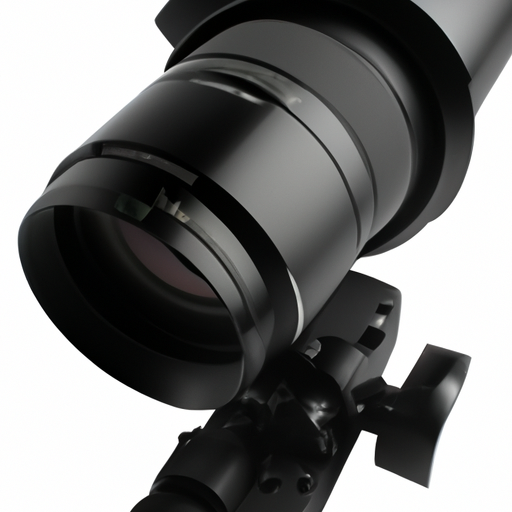Optical instruments are devices that use lenses and mirrors to manipulate light in order to enhance our ability to see and analyze objects. These instruments have been used for centuries in various fields such as astronomy, microscopy, photography, and more. In this article, we will explore the key product features of optical instruments and how they are used in different applications.

2. Resolution: Resolution refers to the ability of an optical instrument to distinguish between two closely spaced objects. Instruments with higher resolution can provide clearer and more detailed images, making it easier to analyze and study objects. In fields such as astronomy, where researchers need to observe distant stars and galaxies, high resolution is essential for capturing accurate data.
3. Field of view: The field of view of an optical instrument is the area that can be seen through the lens or eyepiece. A wider field of view allows users to see more of the object or scene they are observing, making it easier to navigate and study. In applications such as photography or surveillance, a larger field of view is important for capturing more information in a single frame.
4. Light gathering ability: Optical instruments rely on light to create images, so their ability to gather and focus light is crucial for producing clear and bright images. Instruments with larger apertures or lenses can gather more light, resulting in brighter images with better contrast. This feature is particularly important in low-light conditions or when observing faint objects in astronomy.
5. Image quality: The overall image quality of an optical instrument is determined by factors such as sharpness, contrast, and color accuracy. High-quality lenses and coatings can improve image sharpness and reduce aberrations, resulting in clearer and more accurate images. In fields such as photography or medical imaging, image quality is essential for making accurate diagnoses or capturing stunning visuals.
6. Versatility: Optical instruments come in a wide range of types and designs, each suited for specific applications. Some instruments, such as microscopes or telescopes, are designed for magnifying small objects or distant celestial bodies. Others, like cameras or binoculars, are more versatile and can be used for a variety of purposes. The versatility of optical instruments allows them to be used in diverse fields and applications.
7. Durability and reliability: Optical instruments are precision devices that require careful handling and maintenance to ensure their longevity and performance. High-quality materials and construction are essential for ensuring the durability and reliability of these instruments. Whether used in the field or in a laboratory, optical instruments must be able to withstand harsh conditions and frequent use without compromising their performance.
In conclusion, optical instruments are essential tools that have revolutionized our ability to see and analyze the world around us. By understanding the key product features of these instruments, we can appreciate their importance in various fields and applications. Whether used for scientific research, photography, or surveillance, optical instruments play a crucial role in enhancing our vision and understanding of the world.